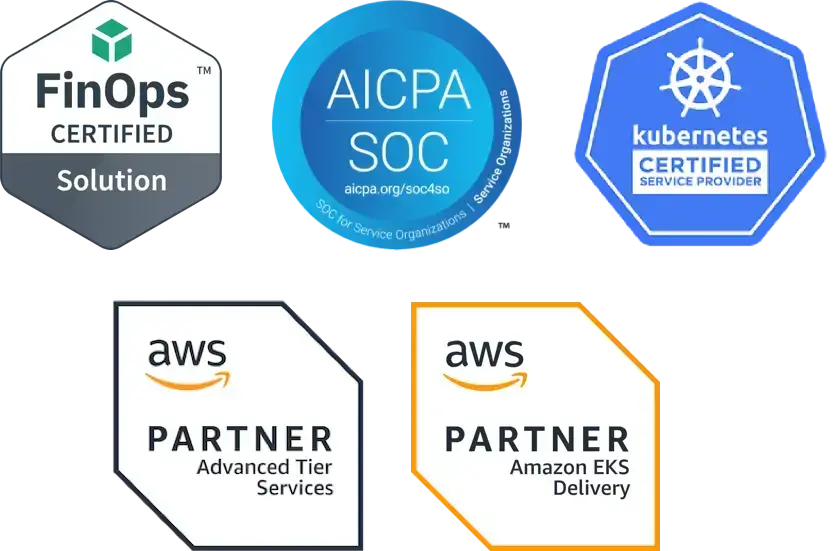Transform is the stage where you move to Kubernetes. In this phase, you will verify your foundational knowledge and understanding by deploying your first clusters and workloads. In the transformation phase, you should feel prepared on the basics, but at the same time may lack the expertise necessary to complete the phase.
You will spend a lot of time in the transformation phase. It covers your initial implementation, migration and learning curve as you undertake some key activity. As you adopt Kubernetes, don’t be fooled by “up and running” articles. There is a functionality gap between setting up your clusters and being production-ready. You may find it helpful to undertake a Kubernetes proof-of-concept in this phase or to work with Kubernetes experts to ensure you are setting up your first clusters to meet the demands of your workloads.
- Managed Kubernetes
-
Use Cases
- AI-Ready Infrastructure Kubernetes optimized for AI and ML workloads.
- Architecture-as-a-Service Expert-designed Kubernetes architectures on demand.
- Chaos Days Test and improve resilience with controlled chaos.
- Supporting 3rd Party Apps Ensure stability for tools running on Kubernetes.
- Add-on Management Fairwinds handles your time-consuming K8s add-on upgrades.
- Software
- About
- Resources


